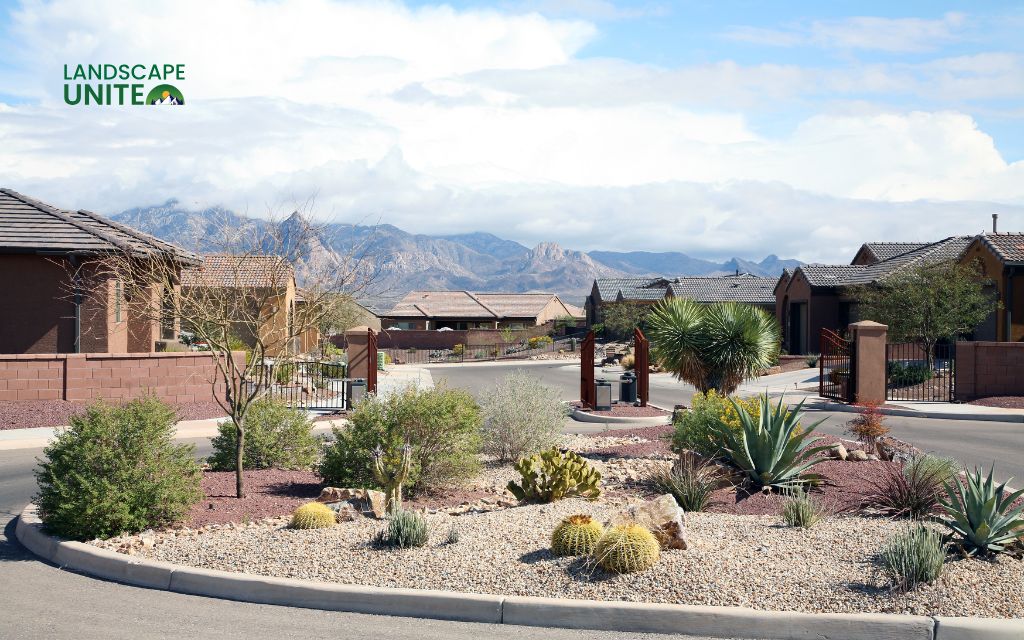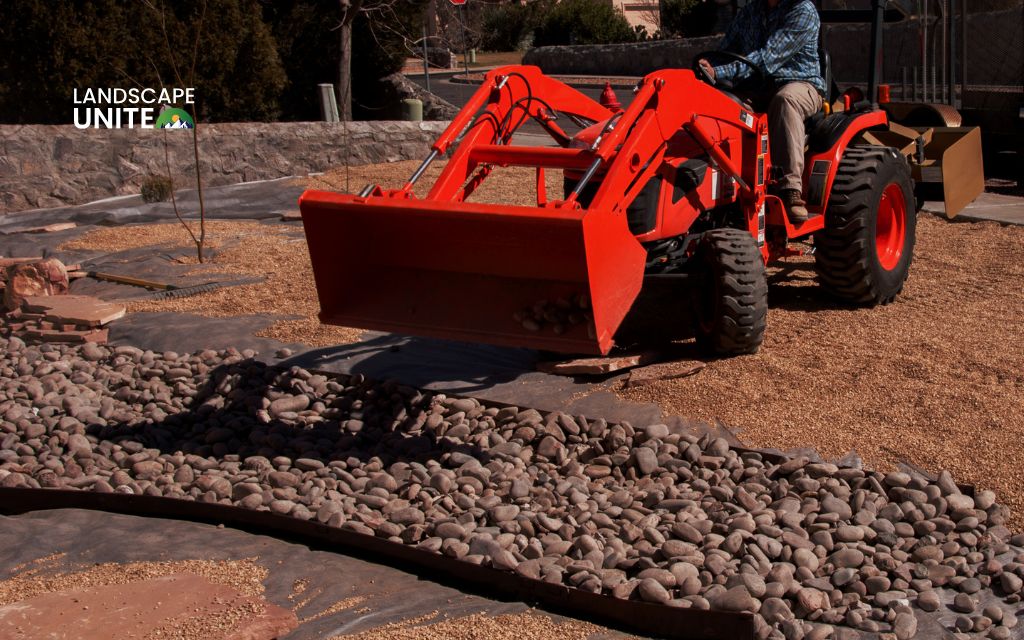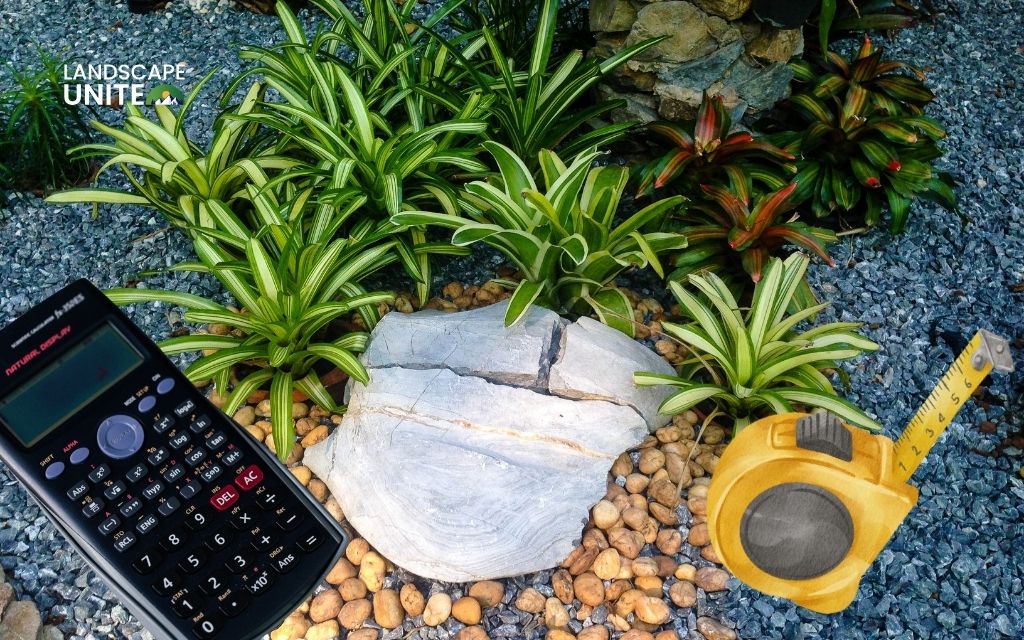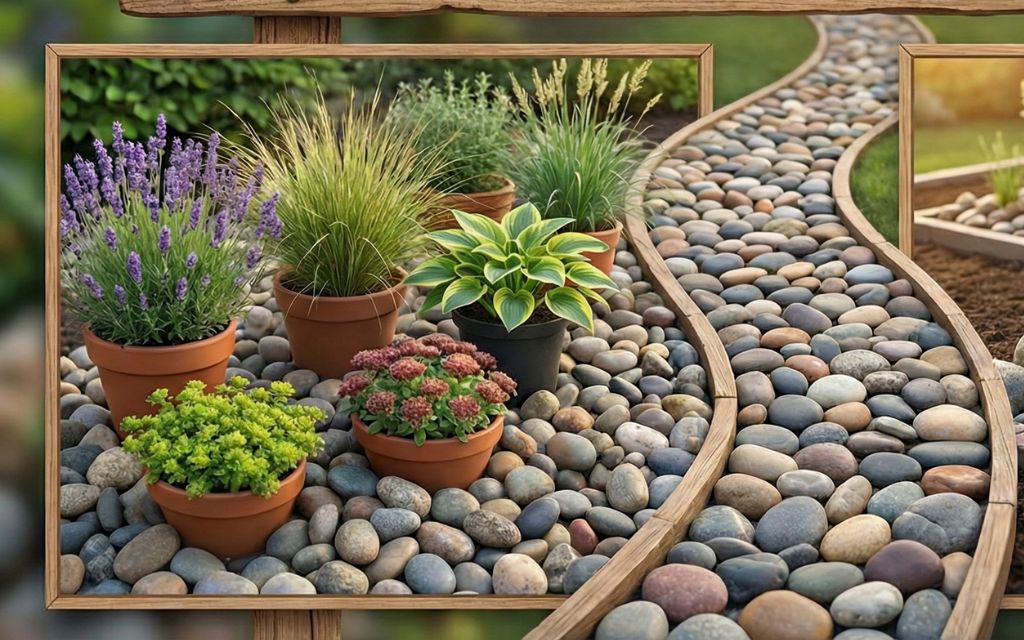Are you tired of watching your water bill skyrocket every summer? Do you spend countless weekends maintaining a thirsty lawn that struggles in your climate? You’re not alone. Millions of American homeowners are discovering the benefits of xeriscaping, a revolutionary landscaping approach that’s changing how we think about beautiful, sustainable yards.
Xeriscaping is now being a smart solution born from necessity. Created in 1981 by Nancy Leavitt of the Denver Water Department during Colorado’s severe drought crisis, this water-wise landscaping method combines the Greek word “xeros” (meaning dry) with traditional landscape design. What started as a response to water restrictions has evolved into a nationwide movement that’s helping homeowners save money, time, and precious water resources.
What makes xeriscaping so special?
Unlike traditional landscaping that fights against your local climate, xeriscaping works with nature. This approach focuses on selecting drought-tolerant plants, improving soil health, and creating efficient irrigation systems that dramatically reduce your outdoor water needs.
The 7 principles of xeriscaping design provide a framework that transforms any yard into a water-wise oasis: planning and design, soil improvement, efficient irrigation, appropriate plant selection, limited turf areas, mulching, and proper maintenance. These principles work together to create landscapes that are both beautiful and environmentally responsible.
Looking for inspiration for your xeriscape garden? Discover 30 amazing ideas in our guide.

The top 10 benefits of xeriscaping for your home
1. Drastically reduces water usage
How much water does xeriscaping save compared to traditional lawns? The numbers are impressive. A well-designed xeriscape can reduce your outdoor water consumption by 60-75% compared to conventional grass lawns.
For perspective, replacing just 1,000 square feet of traditional turf with drought-resistant landscaping can save approximately 25,000 gallons of water annually. In regions like California and Arizona, where water restrictions are common, these savings become even more critical for both your budget and the environment.
2. Delivers significant xeriscaping cost savings
While xeriscaping cost per square foot vs traditional landscaping might seem higher initially, the long-term savings are substantial. Most homeowners recover their investment within 3-5 years through reduced water bills alone.
Beyond water savings, you’ll eliminate costs for:
- Weekly lawn mowing services
- Fertilizer applications
- Pesticide treatments
- Frequent plant replacements
- Intensive irrigation system repairs
3. Dramatically lowers maintenance requirements
Xeriscaping maintenance requirements vs traditional landscaping are remarkably different. Say goodbye to weekend lawn care marathons. Native and drought-tolerant plants naturally adapt to your local conditions, requiring minimal intervention once established.
Your new routine might include:
- Seasonal pruning (typically twice per year)
- Occasional weeding
- Mulch refresh every 2-3 years
- Minimal watering during extreme conditions
This reduction in maintenance makes xeriscaping perfect for busy professionals, elderly homeowners, or anyone seeking low maintenance landscaping alternatives to grass lawns.
4. Provides stunning year-round visual appeal
Forget the misconception that xeriscaping means boring gravel yards. Modern drought tolerant landscaping benefits include incredible aesthetic diversity. Native plants offer seasonal blooms, varied textures, and colors that change throughout the year.
Consider these beautiful options:
- Russian Sage with its silvery foliage and purple spikes
- Blanket Flower providing vibrant orange and red blooms
- Blue Grama grass adding movement and texture
- Desert Willow offering delicate pink flowers
These plants create visual interest even during winter months, when traditional lawns go dormant and brown.
5. Increases property value and curb appeal
Well-designed water conservation landscaping is increasingly attractive to homebuyers, especially in drought-prone regions. Real estate professionals report that thoughtfully executed xeriscapes can increase property values comparably to traditional landscapes, while appealing specifically to environmentally conscious buyers.
Modern xeriscaping design focuses on creating layered, structured plantings that look intentional and professionally maintained. This approach particularly appeals to buyers interested in sustainable living and reduced maintenance responsibilities.

6. Supports native wildlife and beneficial insects
Your xeriscape becomes a habitat for local wildlife. Native plants naturally attract:
- Pollinating bees and butterflies
- Hummingbirds seeking nectar
- Beneficial insects that control pests
- Small wildlife like lizards and birds
Plants like Penstemon, Purple Coneflower, and native Milkweed species create mini-ecosystems that support biodiversity right in your yard. This ecological benefit extends beyond your property, contributing to regional habitat corridors.
7. Reduces soil erosion and water runoff
Proper xeriscaping design includes strategic use of mulch, groundcovers, and varied root systems that help retain rainwater and prevent soil erosion. This is particularly valuable for:
- Sloped properties prone to washouts
- Areas with heavy seasonal rainfall
- Properties near waterways or storm drains
The improved water retention also means less street flooding and reduced pollution reaching local water systems.
8. Withstands extreme weather conditions
Drought resistant landscaping ideas for water conservation go beyond just surviving dry spells. Xeriscaping plants are typically more resilient to:
- Heat waves and temperature extremes
- Strong winds and storms
- Late spring frosts
- Rapid temperature changes
- Poor soil conditions
This resilience means fewer plant replacements and lower long-term landscaping costs, even as climate patterns become more unpredictable.
9. Qualifies for attractive rebates and incentives
Many water districts and municipalities offer substantial rebates for homeowners who replace traditional turf with xeriscaping. These programs can offset much of your initial installation costs.
Common incentive programs include:
- Turf replacement rebates (often $1-3 per square foot)
- Native plant vouchers
- Irrigation system upgrade credits
- Property tax reductions in some areas
Check with your local water department about available programs in your area.
10. Promotes environmental stewardship
Xeriscaping vs traditional landscaping creates a significant environmental impact. By reducing water consumption, eliminating chemical fertilizers and pesticides, and supporting native ecosystems, you’re making a meaningful contribution to environmental conservation.
Your xeriscaped yard also reduces the urban heat island effect, improves air quality, and demonstrates sustainable practices to your community. It’s a visible commitment to responsible resource use that can inspire neighbors to consider similar changes.
What challenges should you expect when doing xeriscaping?
While the benefits of xeriscaping are substantial, it’s important to understand potential challenges:
- Higher upfront costs: Professional design and installation can require a significant initial investment. However, rebates and long-term savings typically offset these costs within several years.
- Learning curve: Successfully establishing drought-tolerant plants requires understanding their specific needs during the first growing season. Young plants may need more attention until their root systems develop.
- Design planning: Creating an attractive xeriscape requires thoughtful plant selection and placement. Working with professional xeriscaping services can help avoid common mistakes like using too much gravel or choosing inappropriate plant combinations.
Most challenges can be minimized with proper planning and realistic expectations about the establishment period.

Is xeriscaping worth the investment?
Absolutely, especially for homeowners in water-conscious regions or areas experiencing increasing utility costs. The combination of water savings, reduced maintenance, and environmental benefits makes xeriscaping a smart long-term investment.
The key is approaching your project thoughtfully, whether you’re implementing changes gradually or completing a full yard transformation. Many homeowners start with their front yard or a specific problem area, then expand their xeriscaping over time.
Getting started with your xeriscape project
Designing an effective xeriscape requires understanding your specific climate, soil conditions, and aesthetic preferences. Best xeriscaping plants for beginners vary significantly by region, from Mediterranean herbs in California to native grasses in the Midwest.
Consider working with experienced professionals who understand local conditions and can help you:
- Qualify for available rebates and incentives
- Select appropriate plants for your specific microclimate
- Design efficient irrigation systems
- Create a maintenance plan for long-term success
For expert guidance on xeriscaping design and implementation, Mile High Lifescape offers comprehensive consulting services to help you create the perfect water-wise landscape for your property.
Conclusion
Xeriscaping represents more than just a landscaping trend. It’s a fundamental shift toward sustainable, climate-appropriate design that benefits homeowners, communities, and the environment. As water resources become increasingly precious and utility costs continue rising, the benefits of xeriscaping become even more compelling.
Whether your primary motivation is saving money, reducing maintenance time, or contributing to environmental conservation, xeriscaping offers a practical solution that delivers on all fronts. The key is starting with a well-planned approach that considers your specific goals, budget, and regional conditions.
Ready to explore more sustainable landscaping ideas? Subscribe to the Landscape Unite blog for expert tips on xeriscaping, native plant selection, and water-wise design strategies.
FAQs about benefits of xeriscaping
How is xeriscaping beneficial?
Xeriscaping offers multiple benefits including 60-75% water reduction, significantly lower maintenance requirements, improved soil health, enhanced property values, and support for local wildlife. These advantages make it particularly valuable for homeowners seeking sustainable, cost-effective landscaping solutions.
How soon will I see water bill savings?
You’ll notice water bill reductions immediately after installation, with full savings realized within 1-2 growing seasons as plants establish their root systems. Many homeowners report 30-50% lower outdoor water costs in the first year alone.
Is xeriscaping suitable for small front yards?
Yes, xeriscaping works exceptionally well for small spaces. Compact areas benefit from the structured, layered approach of xeriscape design, creating maximum visual impact with minimal maintenance requirements. Small yards also make it easier to achieve dramatic water savings.
Can I implement xeriscaping in phases?
Absolutely. Phased implementation is a practical approach that spreads costs over time while allowing you to learn about plant care and design preferences. Start with high-visibility areas or problem zones, then expand your xeriscaping as budget and time allow.


